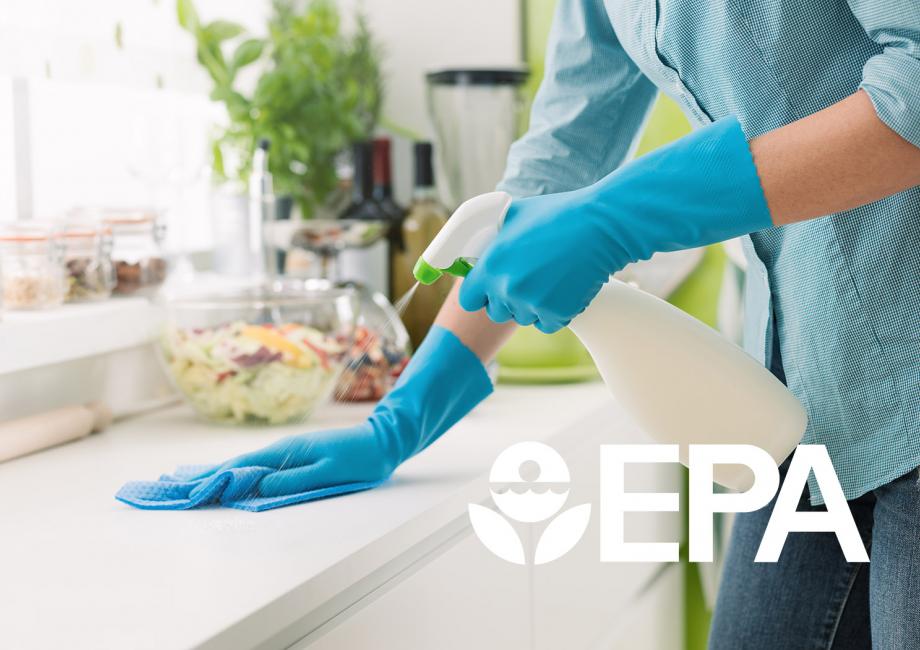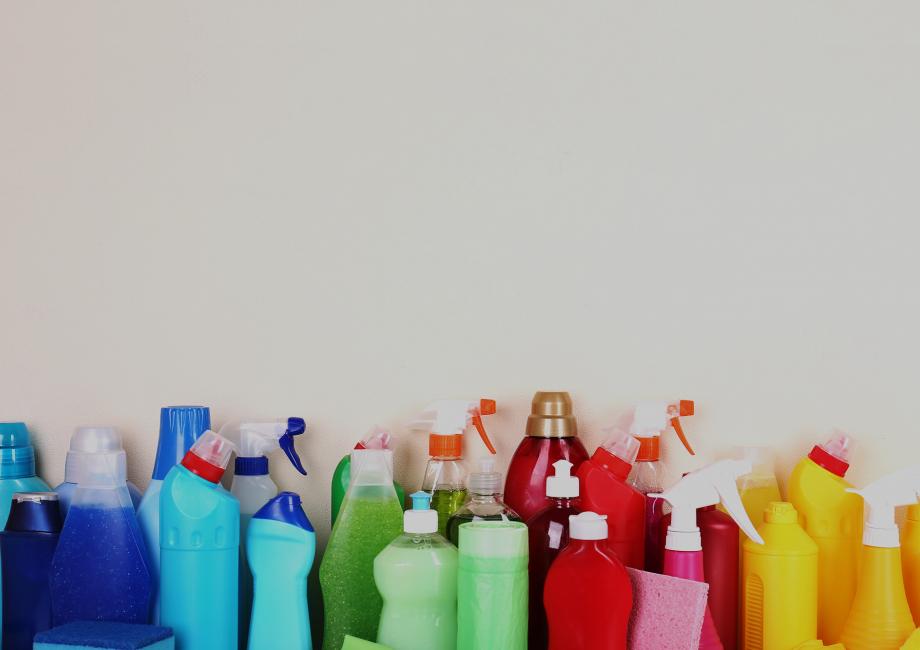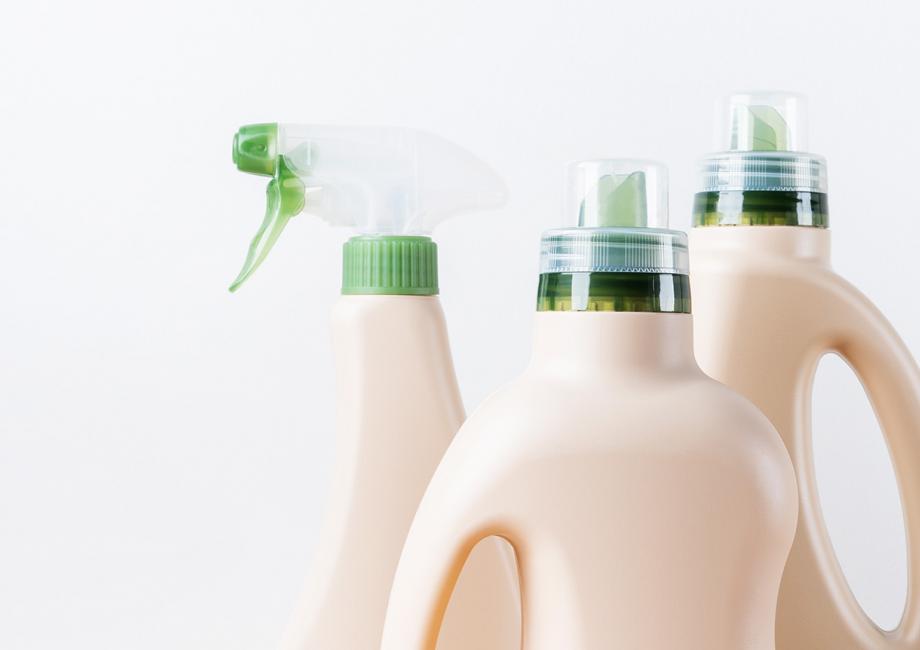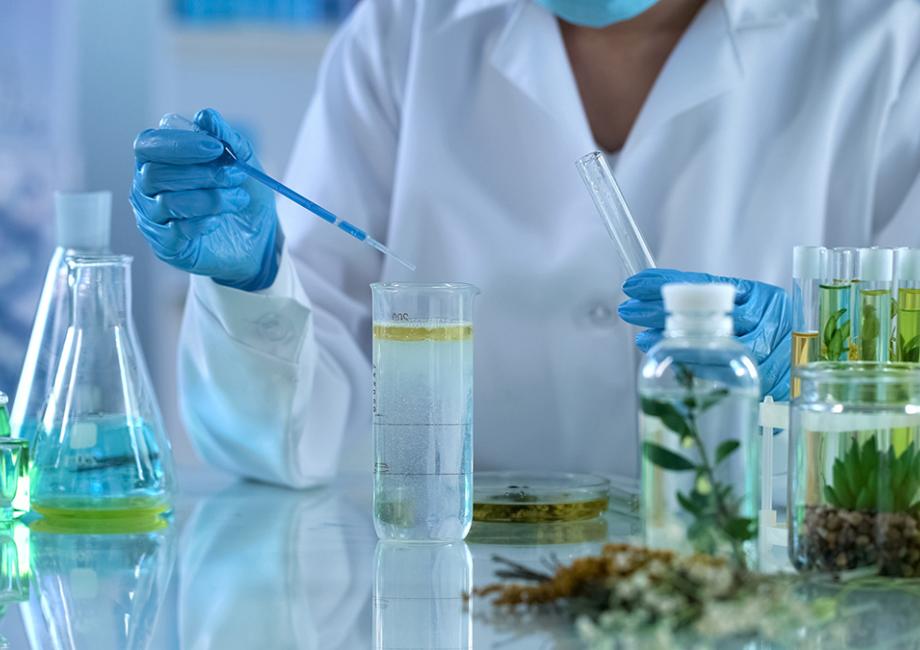
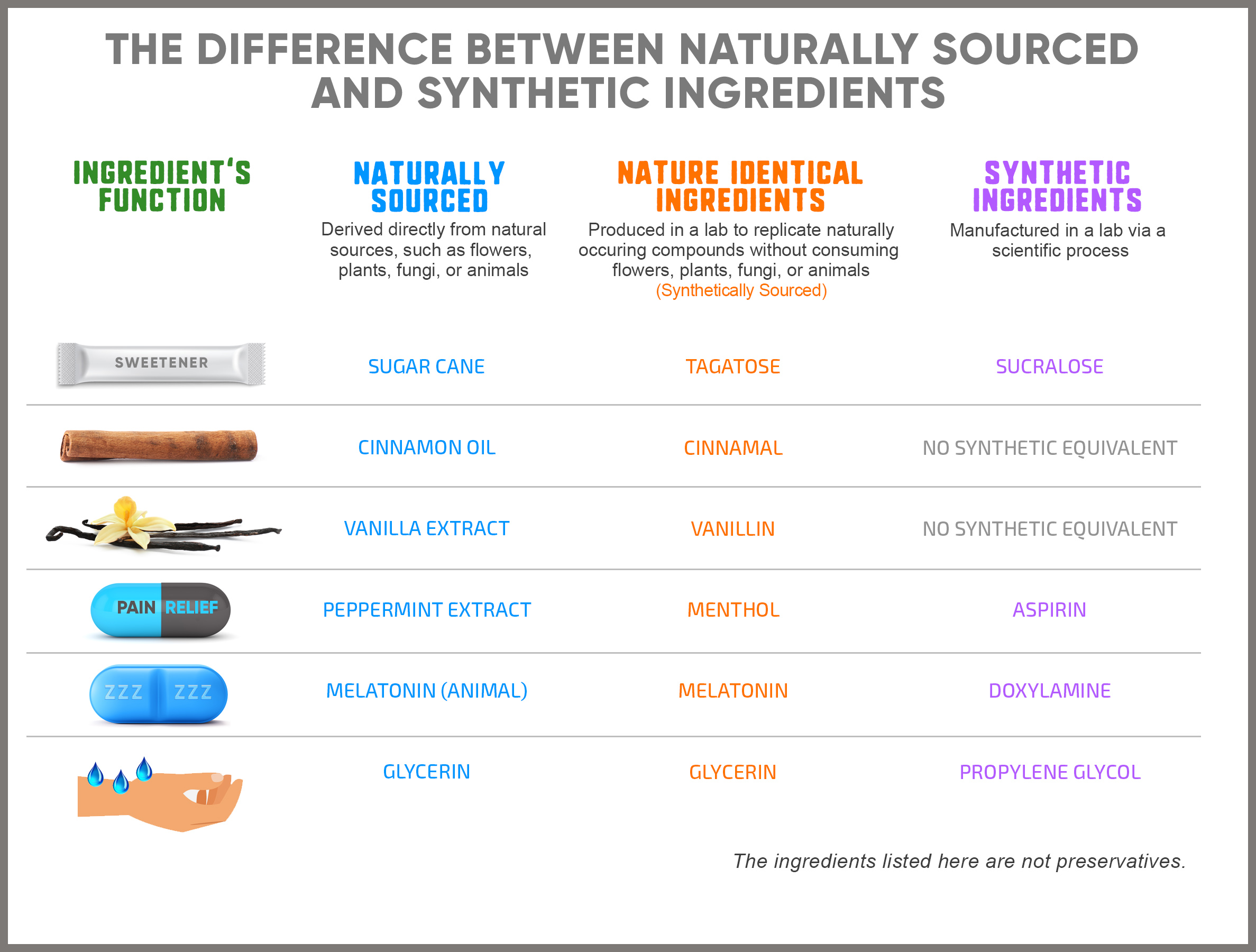
All preservatives, whether natural or synthetic, should be evaluated for effectiveness, quality, and environmental impact.
Preservatives have been used for thousands of years. For example, salt was used to cure foods, honey has antibiotic properties, and many fruits are rich in certain antimicrobial organic acids, making these ingredients useful for preventing spoilage due to microbial growth. In modern times, we still use preservatives to protect our products from contamination, but they can be either naturally derived or synthetic.
What is a natural preservative?
Natural preservatives are extracted directly from nature. They can be simple compounds, such as salt, or a blend of many different chemical components, such as lemon juice or rosemary extract.
What is a synthetic preservative?
Synthetic preservatives, on the other hand, are simple compounds created using scientific processes. In some cases, they are identical to ingredients that are found in nature, such as organic acids, but replicated in a lab instead of extracted from natural sources. For example, cinnamon bark essential oil is an example of a fragrance ingredient that can be used in homecare, and it is 90 percent cinnamal, which can be derived naturally or synthetically. Regardless of whether its naturally or synthetically derived, cinnamal is chemically identical and has the same safety profile.
Other synthetic preservatives are completely human-designed. Human-designed preservatives are the result of years of scientific research into identifying new materials that may have superior performance to natural preservatives, such as controlling a broader spectrum of microbes with smaller amounts.
What is the difference between natural and synthetic preservatives?
While natural preservatives can be used for natural, and sometimes organic, certifications or product labeling, the availability of natural preservatives can be limited because of their source. For example, deforestation has become a concern with many naturally sourced ingredients. So in addition to supply constraints, there can also be environmental impacts from formulating products with natural ingredients.
Additionally, natural ingredients can be highly variable. For example, a plant’s chemical composition can change seasonally due to biological growth or environmental conditions. Therefore, the consistency and potency of natural preservatives can differ significantly from batch to batch. So, while a natural preservative may prevent the growth of microbes in one batch, it may not be as effective in another. Natural preservatives also sometimes require a higher concentration than synthetic preservatives to reach an effective level.
Synthetic preservatives face a high-level of public scrutiny and sometimes may not qualify for natural certifications (though they may qualify for other eco-labels). However, synthetic preservatives are thoroughly tested and highly regulated by the Environmental Protection Agency (EPA). They are also readily available and consistent from batch to batch since they are created using scientific processes, which makes them more standardized than natural preservatives.
Regardless of whether a cleaning product uses natural or synthetic preservatives, preservatives are evaluated using the same criteria for potential risks to human health and the environment. Preservatives are a critical component of a product’s formulation in order to prevent microbial contamination, so formulators will choose the best chemistry for each formulation to ensure a product is properly protected.
